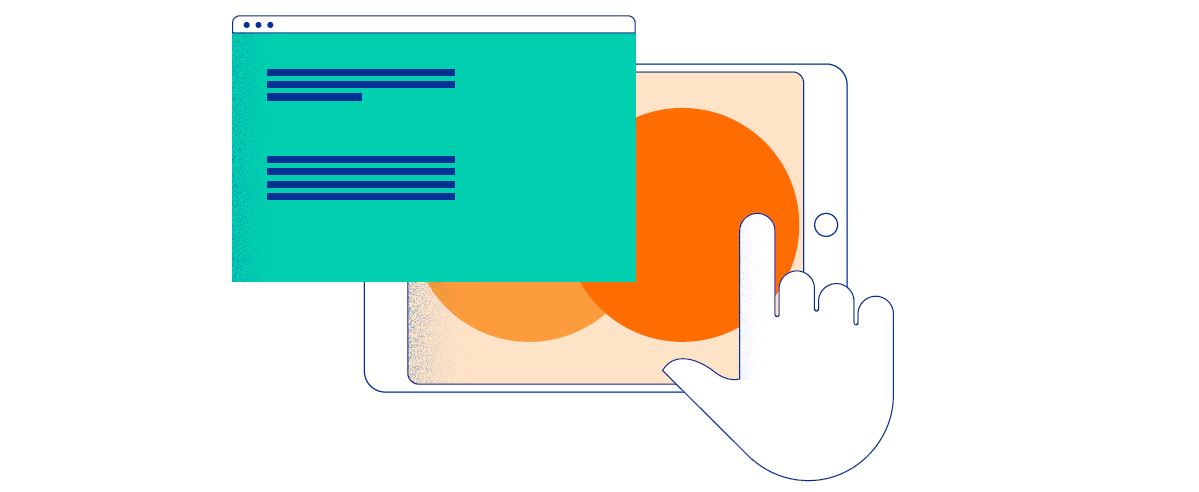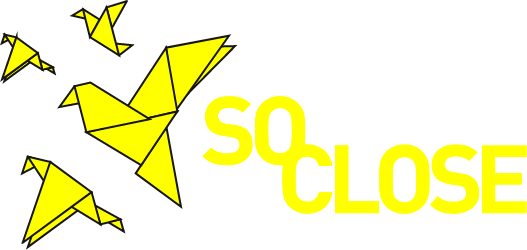Hi everyone!
I’m Karol from the VDA team, self-selected to write the very first article for our blog, as I am the person responsible for its coordination. In this article, I want to explain to you what is the idea behind our project, and how we want to connect technology, history, and the present, which are the three most important ingredients of our future digital toolbox. It will serve as a short introduction, showcasing the very broad spectrum of topics we will introduce to you in this blog on a weekly basis.

I think the first truly important thing to understand is the very significant role of technology in every possible area of our lives. One small device, such as a smartphone, gives one the possibility to take pictures, shop online, organize finances, or even call a friend living on another continent. At the same time, technology gave the world solutions and hitherto unimaginable possibilities to learn, connect, search for information, get to know each other, and more.
It also plays a great part in the current refugee crisis, helping refugees, often at every step of their passage/travels, to adapt in new countries, learn the language, and integrate. On the other hand, technological solutions help the countries, institutions, and locals to keep track of the new arrivals, to communicate with them. To better explain it to you, I want to refer to a framework that Benton & Glennie outlined in a piece on Digital Humanitarianism: How Tech Entrepreneurs Are Supporting Refugee Integration, giving examples of tech innovations across the asylum process.
 The first two asylum phases are pre-departure, along with transit and emergency response. How can technology help here? By planning routes, creating apps that support them on the route, and inform them about distress signals. Some apps help refugees in posting photos to find their families from whom they are often separated on the way. Then the phase of initial arrival and orientation comes, followed by the settling and flourishing phase. Also here technical innovations are a great help. Imagine how communication between first-contact organizations and arrivals would look like without translation apps! Technology also created navigating systems helping register and provide everyone with the care they need – for example via video chat with psychologists. After that, technology supports refugees in learning the language, finding a support group, or recognizing their skills and finding a job.
The first two asylum phases are pre-departure, along with transit and emergency response. How can technology help here? By planning routes, creating apps that support them on the route, and inform them about distress signals. Some apps help refugees in posting photos to find their families from whom they are often separated on the way. Then the phase of initial arrival and orientation comes, followed by the settling and flourishing phase. Also here technical innovations are a great help. Imagine how communication between first-contact organizations and arrivals would look like without translation apps! Technology also created navigating systems helping register and provide everyone with the care they need – for example via video chat with psychologists. After that, technology supports refugees in learning the language, finding a support group, or recognizing their skills and finding a job.
The last phase is the long-term integration, and this is where we step in. I think a lot of you are aware of the huge problem of discrimination and social marginalization of refugees in the countries they arrive in. Instead of getting to know each other and learning from one another, both people from the local communities and arrivals tend to avoid the other group, or worse – discriminate against it. The reasons behind it are often lack of knowledge and fear of the unknown.
We in the SO-CLOSE Team truly believe that by learning about the other culture and sharing stories, people can connect, find similarities in their stories, beliefs, and characters. So to simplify it, SO-CLOSE is about telling stories of very different protagonists, both from the past and the present. To present the past, we work with historical institutions and great specialists in this area. And who will better tell the current stories better than refugees themselves? Our cultural institutions have run over 200 interviews with refugees accommodated in Greece, Spain, Italy, and Poland. These stories and narratives from the past and present are what we want to connect with the help of technology, by developing and creating digital tools that will support integration in the long run.

This Blog is aimed to keep you updated during this process.SO-CLOSE is a project run in cooperation of nine institutions – our Consortium -, that specialize in different areas to make the project goals complete. Each one of them will share the insights of their daily work, projects, themes of interest, and challenges faced during the project. Every week you will be able to read an article written by a different institution, so the topics will vary, as we all specialize in different areas. But this is what makes our project so interactive and exciting. We hope for this Blog to be this way as well!
So stay updated! Next week the Team from our digital partner – La Tempesta, will share a closer look at the SO-CLOSE Digital Tools they are developing! Make sure you don’t miss it!



